The beginning of a new topic usually includes “activating prior knowledge.” When we ask students “What do you know about this topic?” we often see the struggling students sit quietly and be non-responsive. This week I spent significant think-time analyzing what it means to independently activate prior knowledge. As an adult, I don’t have a teacher leading me with prompting questions – I have to activate my prior knowledge independently. We need to teach students this same skill! This is critical for adult success, but also for times when students have to take tests without any teacher assistance.
How do I activate my own prior knowledge? I think back in time, searching various periods in my life where I might have learned something about the topic. I also search various places where I may have been exposed to the content. This often happens at a subconscious level. Making this process obvious and concrete can help struggling students learn this skill.
Yesterday, I arrived in class with a Prior Knowledge Time Machine, including a control panel with knobs for Time and Place. Each student also received a small version of the Time Machine. You will see from the photos how easy this was to create - just cardboard and bottle caps.
Using “think-aloud,” I modeled for students what I might do if confronted with a topic I knew just a little about. We traveled together back in time (last year, when I was in college, elementary school) and to a variety of places where I might have gathered knowledge on the topic (school, home, museums, vacation.) Students then had the opportunity to practice with a non-academic topic such as soccer, before applying the strategy to our new unit on expository writing.
Students were engaged and making connections! Our plan is to phase out the concrete materials after a few months, but keep the motions (“turn your time knob”, “turn your place knob”) and then transition to just a verbal cue (“Use your time machine” “What can you do to activate your prior knowledge?”) before we get to spring testing season.
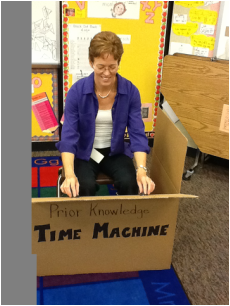
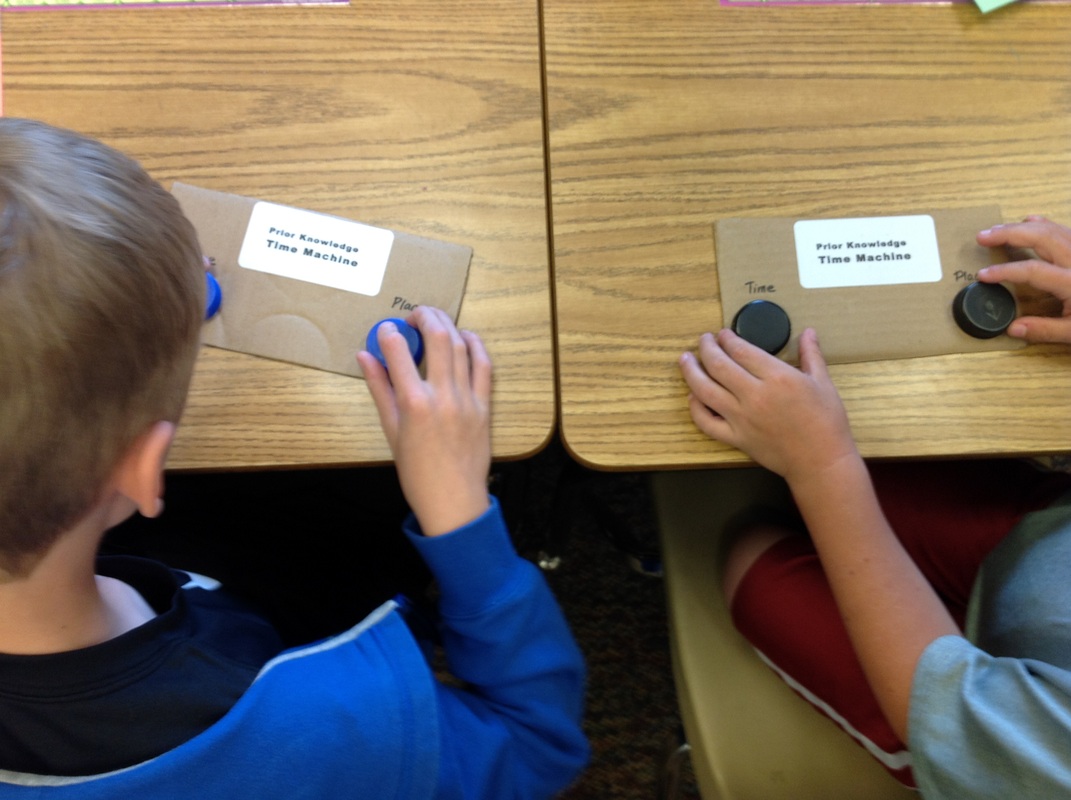
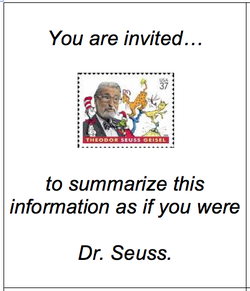
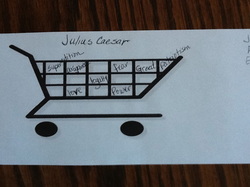
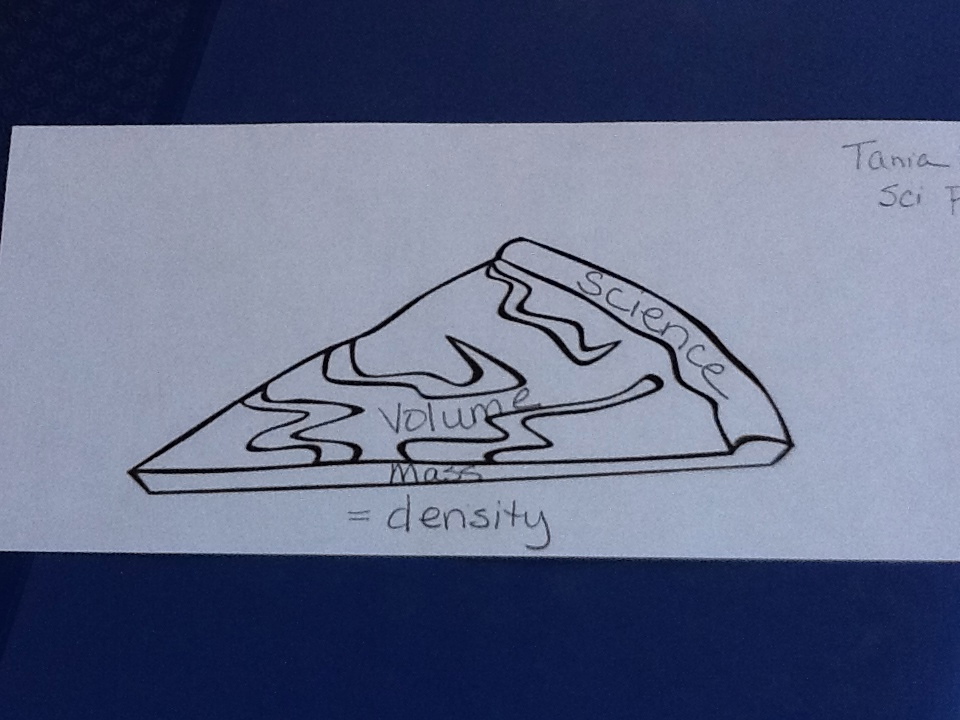
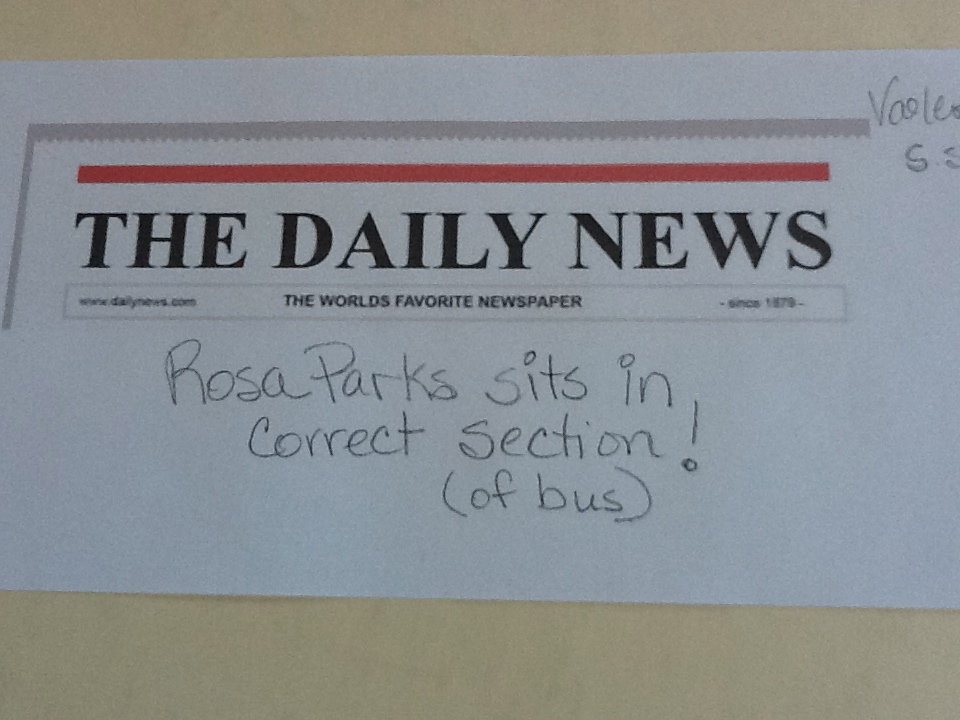
 RSS Feed
RSS Feed